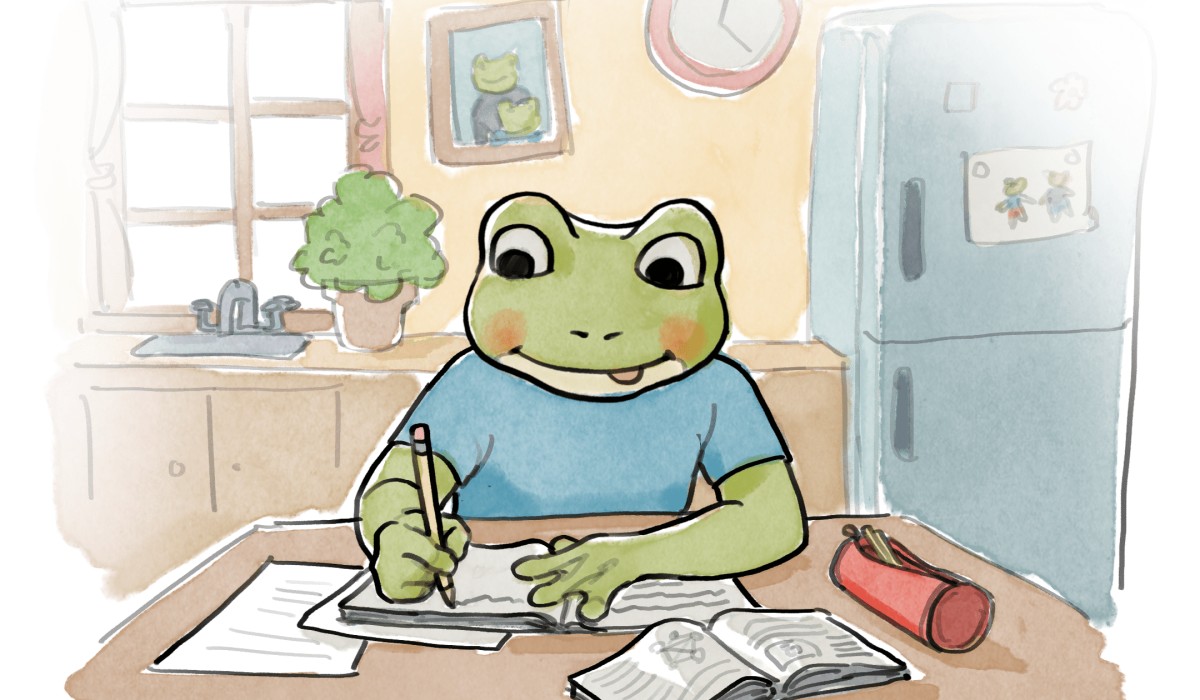Home Educating parents have debated optimal class sizes for effective learning. In a world valuing personalised education, traditional classrooms with 30 or more students are outdated. This post explores alternative methods like home education, online homeschooling, and the vital role of the homeschool teacher.
The Overcrowded Classroom: Picture a typical world classroom: one teacher, 30 students, and a one-size-fits-all curriculum. This leads to overwhelmed teachers, distracted students, and an inadequate learning environment. Home learning and online education offer individualised approaches, providing one-on-one attention crucial for student success.
The Benefits of Home Educating: Home education tailors the learning experience to each child’s needs. Fewer distractions and direct engagement enable children to progress at their pace, ensuring complete comprehension. This personalised approach is vital for families whose children’s needs differ from the traditional classroom.
Embracing Online Homeschooling: Online educating programs redefine education. They offer diverse resources and curricula, allowing customization. Online home education connects students with specialized teachers globally, providing expertise and diversity.
The Role of the Homeschool Teacher: Homeschool teachers play a pivotal role in guiding students. They bring knowledge and personalized feedback, adapting to various learning styles and offering support or challenges, enhancing the learning experience.
Socialization and Home Learning: One of the main concerns about home educating and online learning is socialization. However, with the proliferation of online forums, homeschool co-ops, and group learning opportunities, students are finding new and diverse ways to connect, collaborate, and develop essential social skills outside of the traditional classroom setting.
Quality Over Quantity: In education, as in many other areas of life, quality often trumps quantity. A smaller student-to-teacher ratio means more quality time for each student, leading to better understanding, higher engagement, and ultimately, superior educational outcomes. Home learning and online education platforms inherently understand this, and it is one of the foundations upon which they are built.
The Flexibility of Online Home Education: Online home education provides a level of flexibility that is unmatched by traditional schooling. Students can learn from anywhere at any time, accommodating various schedules and lifestyles. This flexibility also allows for a more balanced life, where education is important but not at the expense of personal development and well-being.
Conclusion: In conclusion, the days of one teacher managing 30 students in a classroom may soon be behind us. The shift towards home educating, online homeschool, and online home education is a testament to the growing demand for personalized learning. With the support of dedicated homeschool teachers, students are thriving in environments that recognize and foster their individual needs. Smaller class sizes, whether in-person or online, are not just beneficial but essential for the kind of in-depth, personalized education that can prepare students for the complexities of the modern world.





